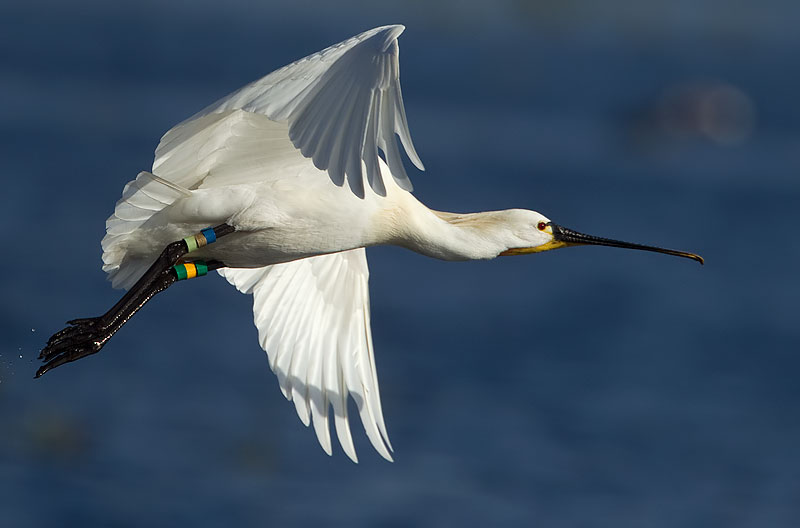March 2012
31st. The three grey partridge are still in a field next to the Sheepway, Portbury. Difficult to believe that these are wild birds given their sedentary behaviour, and that grey partridges are bred and released not too far away.
29th. A coffee break in the garden sunshine: the long-tailed tits are lining their nest with feathers, and my first willow warbler of the year singing from next-door's willow tree. Up to 6 buzzards were in the air together, and a couple of ravens flew over. Several bee flies Bombylius major in the garden now - they seem to vary a lot in size.

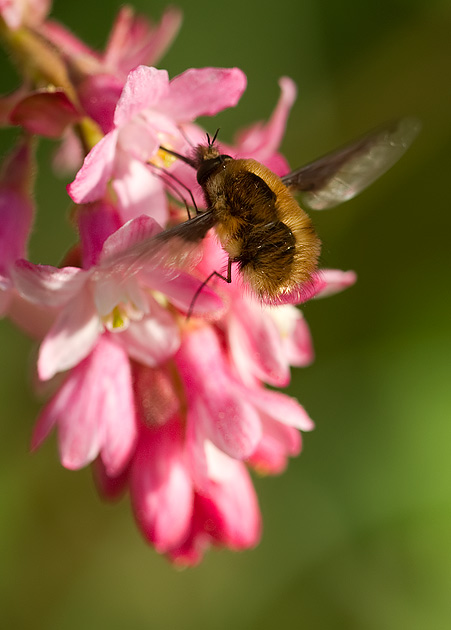
25th. Britain is basking in an early heatwave at present with a settled area of high pressure bringing temperatures that creep over 20C. Almost all the heatwaves I can remember in the past 6 years have been in spring, with settled areas of high pressure being non-existent in high summer. Conditions at Chew Valley Lake were great - still and warm, though a haze limited visibility during the early morning. The cackling goose has moved to Herriot's Pool from Torr Reservoir, and the Egyptian goose and the spotted sandpiper are still present, though still lacking spots. A drake greater scaup was present in Stratford Bay. Two garganey - the wintering female (below) and a drake were also there. I saw at least one adult little gull in the middle of the lake.
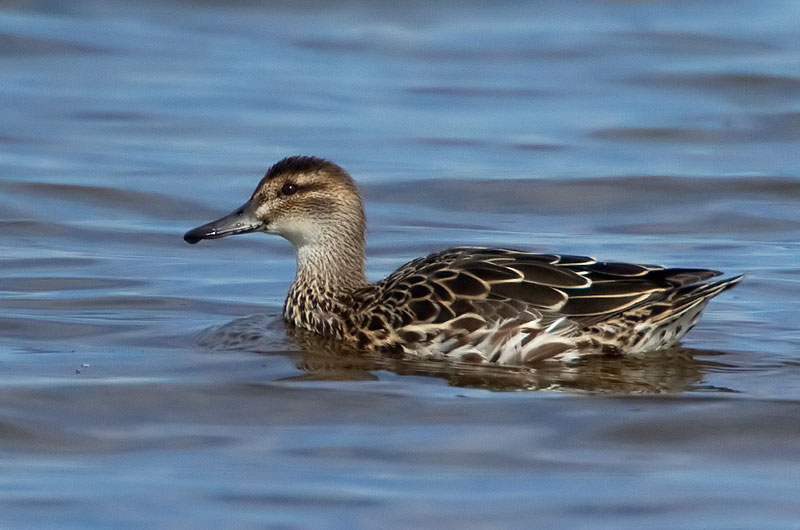
Regarding the cackling goose, I'm very confused.
Cackling geese have understandably been split from Canada geese, and watching them together it's easy to understand how they must be reproductively isolated - mating would involve something akin to a great dane mating with a chihuahua. I've watched and photographed the Torr Reservoir bird, and studied it again on the weekend at Chew. It's not clear to me why it's being called a Richardson's cackling goose (Branta h. hutchinsii) while the bird currently at Slimbridge, which looks very similar, is being called Branta canadensis minima (should be B. hutchinsii minima and definitely not a 'cackling Canada goose'!). The two birds look similar to me - there's a nice picture of the Slimbridge bird here and an excellent video of it calling on their current sightings page. Is it the same as the Gwent bird that was present in the autumn?
When I asked Rich Mielcarek about the identification of the Torr/Chew/Blagdon bird on the weekend, he told me that David Sibley identified the bird as a Richardson's from photos. More about this at Keith Vinicombe's Birdwatch article here
However, David Sibley's website states that minima typically has a dark brown breast with a purplish cast. while hutchinsii has a pale breast. Hence the Slimbridge and the Torr birds would fit minima better than hutchinsii: minima is a Pacific coast species however - see here - and hence perhaps less likely to reach the UK as a true vagrant compared with the more Atlantic Richardson's, though lots of the birds that have appeared as good candidates for vagrancy in the UK recently are dark-breasted. My guess is that both of these races of cackling geese are somewhat variable and difficult to pin down to subspecies - I've certainly seen some photos of dark-breasted hutchinsii on the web - but if anyone knows how to distinguish the two reliably, I'd be interested to know how it's done without catching the bird and measuring its bill or weighing it (minima is smaller)!. Perhaps they are best left simply as 'cackling geese', which are definitely distinct from Canada geese, without getting too sure about which subspecies they belong to????? To make things more complicated I've just noticed that minima has been subsumed into B. aleutianensis by one author, and even split from hutchinsii. Aargh!
24th. Bee flies hovering in the garden, and a pair of long-tailed tits appear to have a nest in a yew tree. Blue tits are prospecting the nest box that was inhabited by tree bees two years ago.
20th. 10 red kites from the London train between the outskirts of Didcot and Reading.
18th. I've not had much success on my recent birding trips. On 11th I drove to Aust Warth for the early morning high tide and failed to see short-eared owls for the 5th time this winter - the coast was shrouded in thick fog. I then went to Rhiwderin to try and photograph the common yellowthroat, but it didn't appear. Today was the turn of Greylake's long-tailed dowitcher to evade me, though I only had limited time between visits to family. I did see a little ringed plover and some boxing brown hares though.
5th. A large-ish owl flying around in Ashton Court on my cycle ride home landed on a dead tree in the deer park. It was too dark to make anything out on its plumage, so I wasn't even sure if it was a barn owl or a tawny owl.
4th. My annual Spring trip to the Forest of Dean. The goshawks appeared when the rain stopped at about midday, with up to 3 birds in the air together viewed from New Fancy and some undulating displays. Mandarins were at Cannop Ponds (6), Parkend (pair) and Nagshead (pair). A dipper was on the stream at Parkend. Siskins were very common, including a flock of 50+ at Brierley. At Brierley I also saw 3 hawfinches, and a marsh tit, though there was no sign of any willow tits - the birch area where I last saw one has now been cleared!
3rd. I spent the afternoon on the Somerset Levels. First I visited Shapwick Heath, and saw 2 Bewick's swans (an adult and a juvenile) on Noah's Lake. At least 3 bitterns were booming. I spent two-and-a half hours next to a dung heap on Chilton Moor, waiting for short-eared owls to appear, but they didn't. A male merlin flew over twice. The highlight was a mid-afternoon visit to Catcott Lows however, where I saw a great white egret, 18 little egret, a female marsh harrier and a peregrine. The 4 adult spoonbill flew in front of the hide for about 10 minutes, and I had my best ever views of this species. One bird fed on small fish and water snails, and some fish captures can be be seen in the photos below.
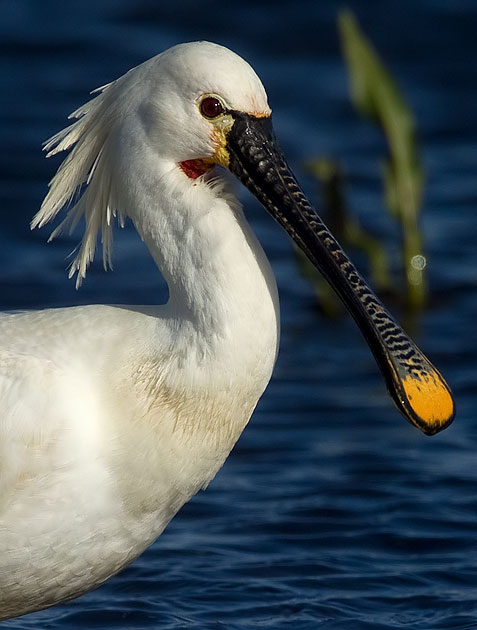
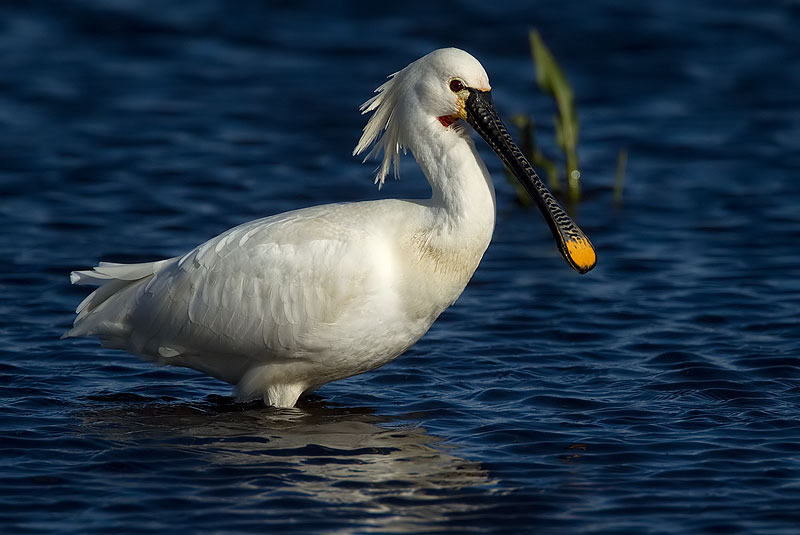
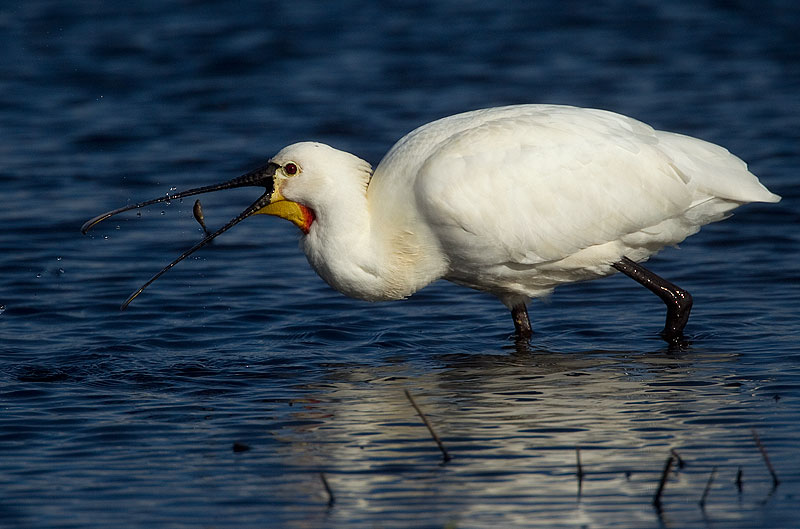
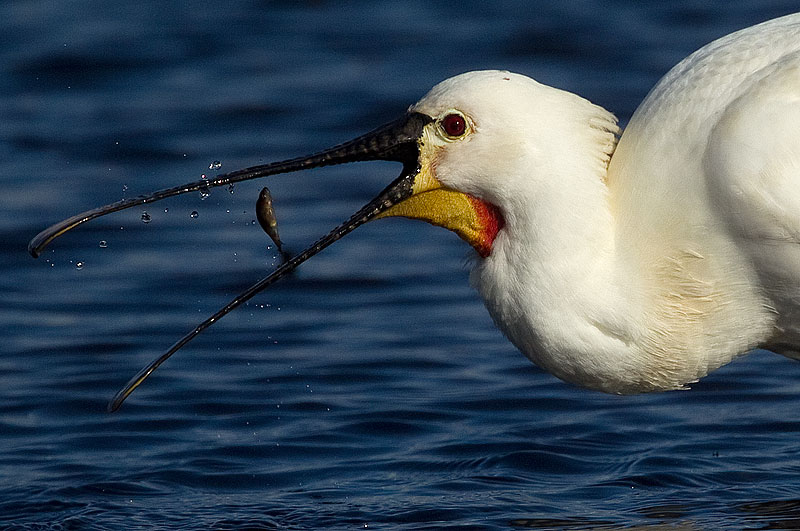
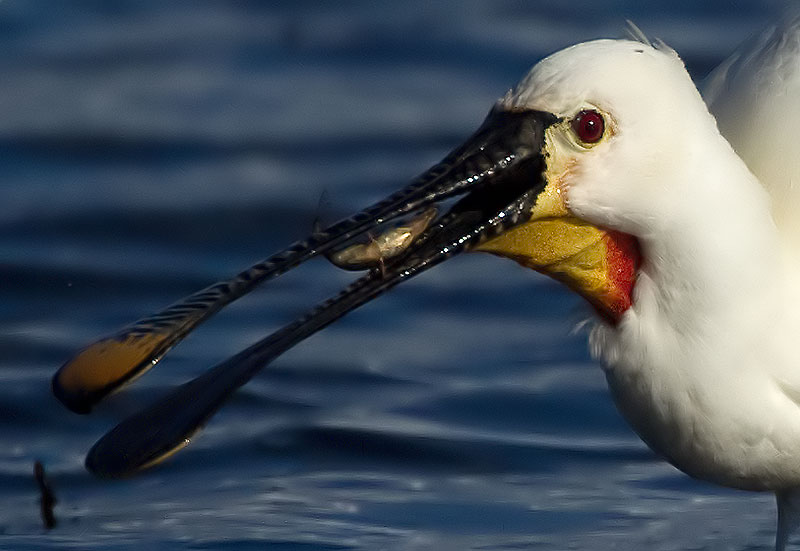
One of the birds is colour ringed (photo below), and Alan Ashman reported on its remarkable travels on the Somerset Ornithological Society web site 'this bird was ringed on 10/06/2007.in Schiermonnikoog N.L. By Nov 07 it was on the river Taw, Barnstaple, it moved to Dungeness Kent by April 08 in May 08 it was in Norfolk, later the same month it returned to its original ringing site in the Netherlands and It came back to Suffolk in July. Then to Devon in Oct 08.North to Cheshire in April 09 then from 17 June til 31st July it was at Cley in Norfolk. Back in Barnstaple again in Sept 09 staying until Feb 2010 then to Norfolk in March 2010, it crossed the North Sea again and appeared in Schleswig- Holstein Germany in June 2010 and was back in Barnstaple by the beginning of October 2010. It was then seen in the Netherlands again in July 2011 but by the end of August 2011 it was back in the UK on Brownsea Island Dorset. Since then it has been reported at Havergate Island Suffolk and Bowling Green Marsh, Devon where it's last reported sighting was on 09/10/2011 before arriving on Catcott Lows on 29/02/2012'.
